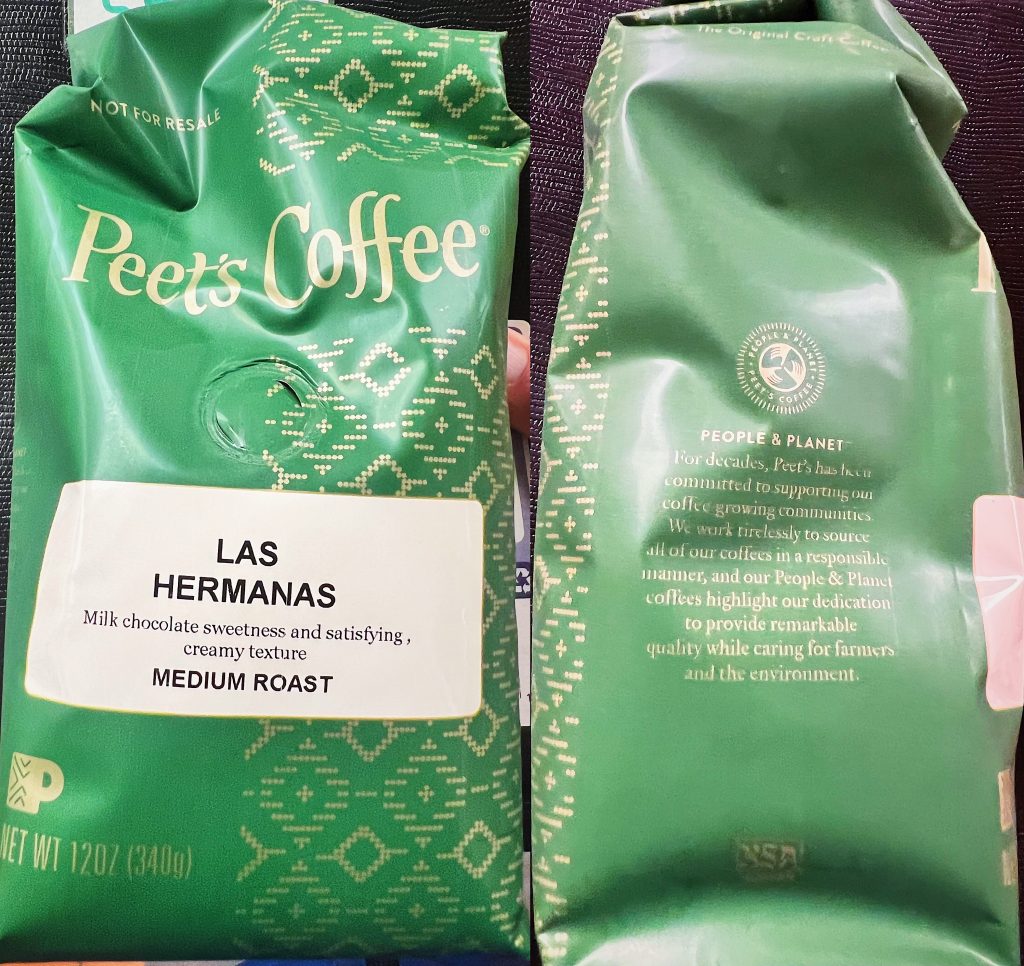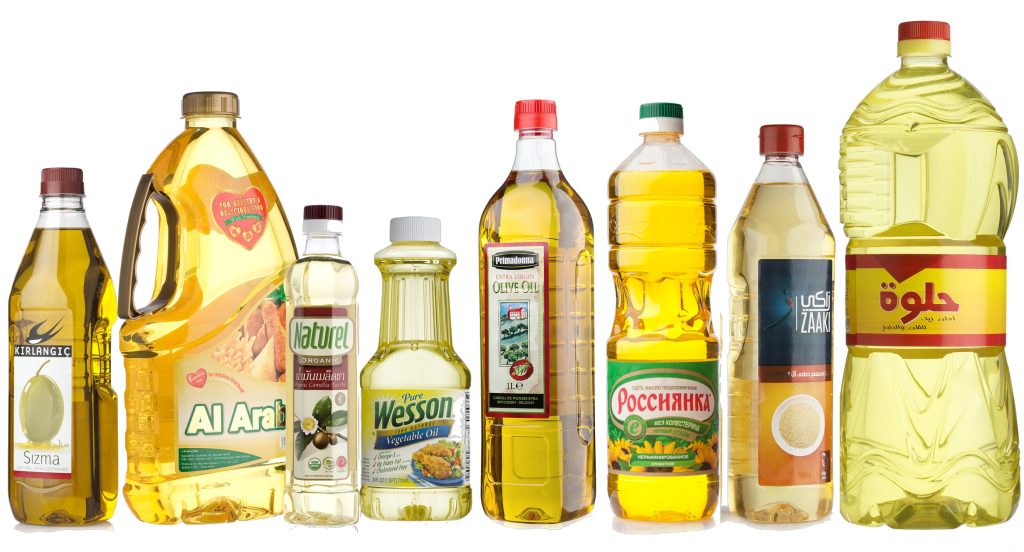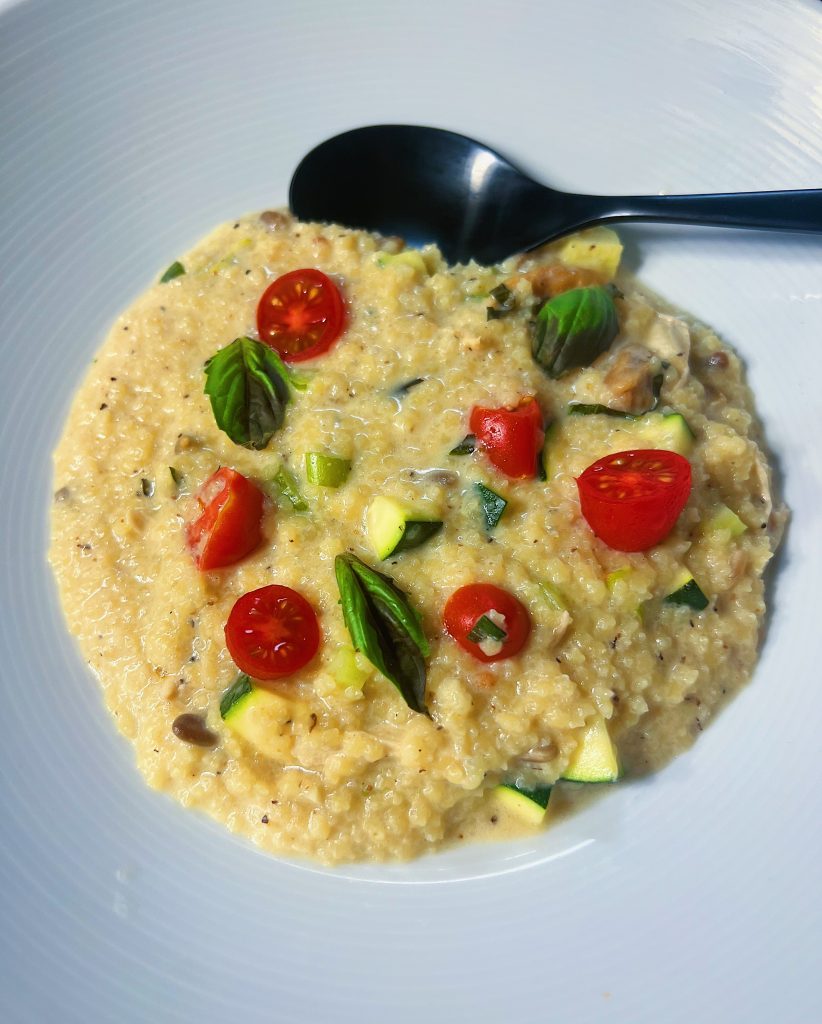Shane Witters Hicks | Program Officer
Principia Center for Sustainability | Feb 6, 2023
In an age where “sustainable” is a word used to describe an increasingly diverse group of foods, it can be hard for people to decide what to eat to get the best eco-bang for their buck. And with such an expansive culinary scene – where diners can devour a plant-based burger, slurp a post-workout cricket-protein shake, and enjoy a regenerative mycelium “steak” all in one day, yet still be told off by foodie friends for drinking that resource-intensive almond milk – one can hardly be blamed for wondering, “what the heck is a ‘sustainable’ food, anyway?”
One of the points of confusion is the fact that “sustainability” is an unregulated and multi-disciplinary term. There’s no legal definition of sustainable food, but a working definition developed by the Alliance for Better Food and Farming describes it as food that is produced, processed, distributed and disposed of in ways that:
- Contribute to thriving local economies and sustainable livelihoods, including in producer countries;
- Protect the diversity of both plants and animals and the welfare of farmed and wild species;
- Avoid damaging or wasting natural resources or contributing to climate change; and
- Provide social benefits, such as good quality food, safe and healthy products, and educational opportunities.
Let’s break that down: an example of the first point could be coffee beans that are sourced from farms using fair labor practices. Peet’s Coffee, for example, is a “100% responsibly sourced” roaster and retailer after a years-long road to improve its sustainability metrics (which included more than 20,000 annual sustainability audits). It’s because of companies like this that farmers using honest labor practices are able to grow and boost their local economies by providing fair wages to workers.
An example of the second point might be buying seafood raised in closed-loop farms, whose populations are carefully monitored and maintained. For example, a Sacramento sturgeon farm simultaneously produces outstanding caviar and uses the waste to grow butter lettuce. In contrast, wild-caught bluefin tuna and other endangered species of fish are being brought to the edge of extinction through overfishing despite international regulations.
When we consider the “damaging or wasting [of] natural resources” (in this case the rainforest) it’s impossible to overlook the effects of palm oil plantations. Production of palm oil on drainage-based peat swamp in Southeast Asia accounts for between 0.44% and 0.74% of global greenhouse gas (GHG) emissions, according to one study. Choosing a “more sustainable” cooking oil isn’t a clear-cut decision because global demand for these oils is staggering. But data suggests that rapeseed oil (more widely known as canola oil) is a better option than most because it results in the least GHG emissions per liter.
Finally, by purchasing from companies that prioritize social welfare and/or put profits towards charitable and educational causes, we contribute to sustainable communities by “voting” with our dollars. One such company is Dave’s Killer Bread, which created a Second Chance Project and claims a third of its workforce are ex-convicts. Similarly, Greyston Bakery – through its unique, no-resume-required Open Hiring policy – provides employment opportunities to those who have experienced barriers to employment. By purchasing organic produce (especially items from the Environmental Working Group’s “dirty dozen” list), shoppers can reduce health hazards and support farming free of synthetic fertilizers and pesticides.
Is it practical to only source foods that meet all four criteria of a sustainable food? Maybe not. Is it cheap to only eat organic, locally sourced foods from companies that pay fair wages? Probably not. But perhaps it isn’t too large of an ask for the average consumer to hit one criteria at a time. Small steps lead to big changes. Steps like incorporating a “meatless Monday” into your week, buying a Marine Stewardship Council-certified tilapia instead of the cheapest variety once in a while, or choosing free-range eggs rather than those produced in cage-ridden factory farms. Choices like these not only demonstrate to suppliers that we care about what we eat – they directly reduce environmental degradation and suffering on a global level.
Keep it simple. Everyone could benefit from following the practical advice given by journalist and author Michael Pollen, who says, “Eat food. Not too much. Mostly plants.” There are few “silver bullet” solutions in life, but incorporating more plants into your diet may be one of them. Animal agriculture is responsible for a huge portion of GHG emissions. A more plant-forward diet has been shown to improve health, sometimes curing chronic diseases like diabetes. And have you ever seen headlines whistleblowing the fact that billions of animals are kept in inhospitable conditions to sustain the consumption of meat, dairy, and eggs? Eating more plants can fix that, too. Indeed, changing global eating habits can simultaneously right several wrongs, so if you can only focus on one thing, eat more plants!



